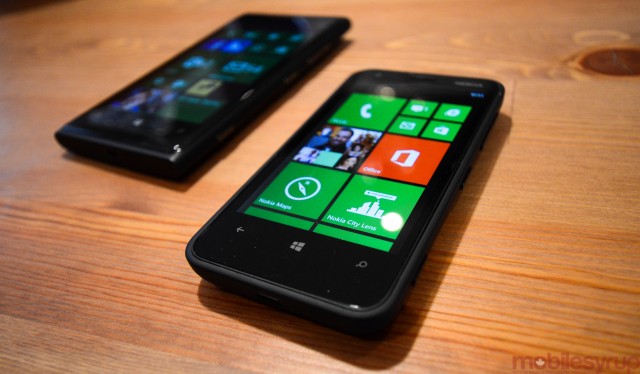
Microsoft may be biased, but it thinks you should develop app for Windows Phone 8. Crazy, I know, but there are statistics to back it up.
According to Todd Brix, general manager for the WP developer ecosystem, app downloads have increased 100% since the updated platform’s launch in November, and paid app revenue is up almost 140% in the same period. Brix tweeted back at the end of November that, at the time, paid app revenue to developers was up 100% over Windows Phone 7.5 performance, but it’s not clear whether these new number are based on new data, or previously-released information.
Either way, it shows that Windows Phone 8 is worth buying into; Evernote recently announced that it nets a higher percentage of premium sales from Windows Phone than Android users. While the user base for Android is almost exponentially larger, which leads to higher revenue in total, it underscores the willingness of Windows Phone users to pay for good software.
An increasing number of big brands are taking Windows Phone seriously, too. Tumblr and Vimeo launched apps recently, while Twitter and Facebook overhauled theirs with performance enhancements and designs that, while familiar, stay true to the Metro stylings that make Windows Phone so unique.
There’s also a treasure trove of great apps, both free and paid, from independent developers, designers and publishers, too. An increasing number of quality games are coming to Windows Phone, too, though they still lag behind their iOS and Android counterparts.
The proliferation of low-cost Windows Phone 8 smartphones like the Nokia Lumia 620 and HTC 8S are bringing these apps to users who may not be able to afford higher-end Android or iOS devices. Because of Windows Phone’s emphasis on real-time performance, both in apps and across the OS, these sub-$200 devices feel fast and capable, unlike many of their Android counterparts (though that too is improving).
While it seems unlikely that Windows Phone 8 will manage to catch up to iOS or Android in terms of market share, it is well on its way to becoming a viable third-place option for many users, and with an increasing number of high-quality apps available, both free and paid, it looks like Microsoft’s gamble is paying off.
Via: Windows Phone Blog
MobileSyrup may earn a commission from purchases made via our links, which helps fund the journalism we provide free on our website. These links do not influence our editorial content. Support us here.


